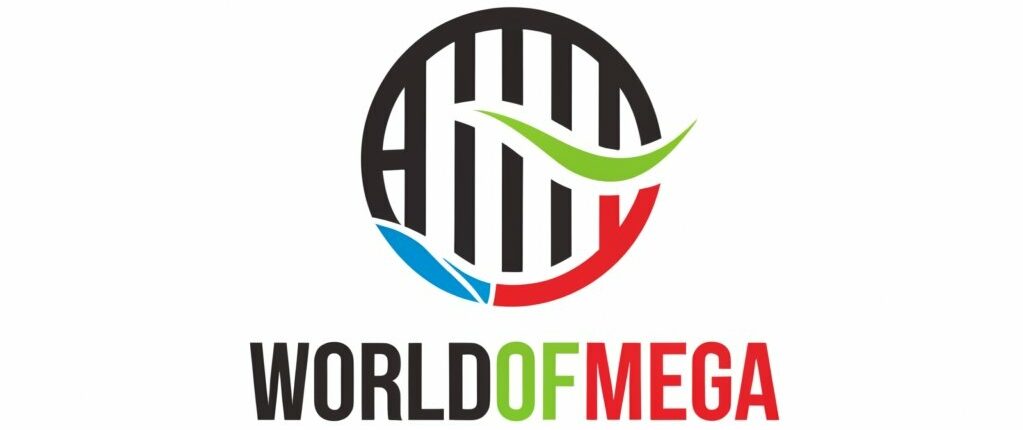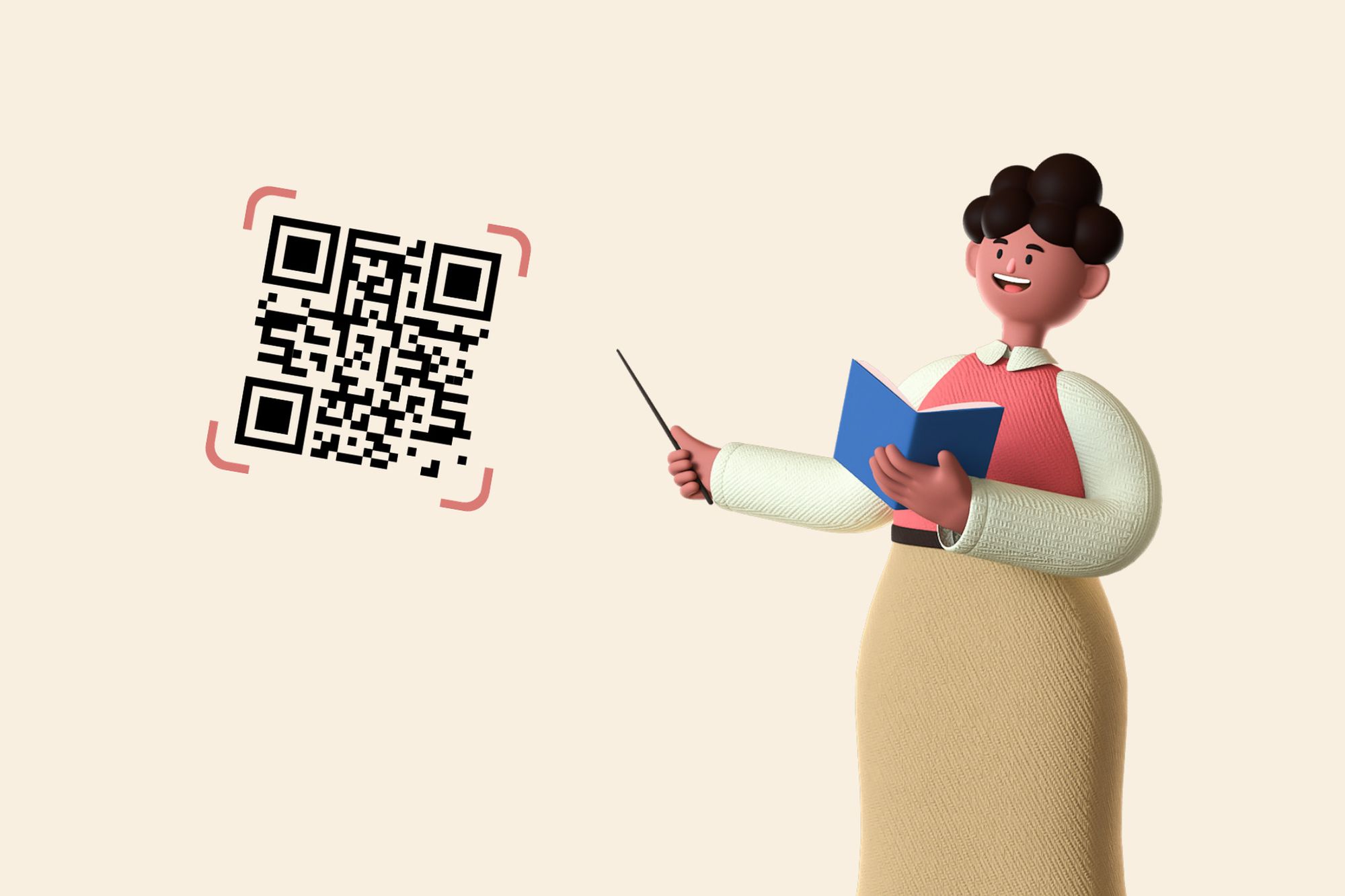Introduction:
The integration of Quick Response (QR) codes into the realm of education has ushered in a new era of innovation, particularly in the context of remote learning. As digital technologies continue to reshape the landscape of education, QR codes are emerging as versatile tools that streamline access to learning materials, enhance engagement, and foster a seamless connection between educators and students. This article explores the transformative impact of QR codes in education, showcasing how they contribute to the evolution of remote learning.
- Instant Access to Learning Resources:
QR codes serve as efficient gateways to a plethora of learning resources. Educators can embed QR codes in textbooks, presentations, or online platforms, allowing students to scan the codes with their smartphones or tablets for instant access to supplementary materials. This approach streamlines the learning process, ensuring that students can explore additional content seamlessly.
- Interactive Assignments and Assessments:
Incorporating QR codes into assignments and assessments adds an interactive dimension to remote learning. Teachers can create QR codes that link to quizzes, surveys, or interactive elements. Students, in turn, can complete assessments by scanning the QR codes, providing a dynamic and engaging way to evaluate understanding and reinforce key concepts.
- Digital Portfolios and Student Showcases:
QR codes facilitate the creation of digital portfolios and student showcases. Students can compile their work, whether it be projects, artwork, or presentations, into digital portfolios accessible via QR codes. Educators, parents, and peers can then scan the codes to view and assess the student’s accomplishments, fostering a sense of pride and recognition.
- Virtual Classroom Attendance and Participation:
QR codes streamline the process of virtual classroom attendance and participation tracking. Each student can have a unique QR code linked to their profile. By scanning the code at the beginning of a virtual class, educators can efficiently record attendance. QR codes can also be used for interactive participation, allowing students to scan the code to indicate engagement or provide responses to questions.
- Parent-Teacher Communication:
QR codes enhance communication between parents and teachers in the realm of remote learning. Teachers can include QR codes in digital communications that link to parent-teacher meeting schedules, progress reports, or educational resources. This streamlined approach ensures that parents have easy access to information relevant to their child’s education.
- Virtual Field Trips and Experiential Learning:
QR codes open the door to virtual field trips and experiential learning opportunities. Educators can create QR codes that link to virtual tours, interactive simulations, or educational videos that supplement the curriculum. This approach allows students to explore diverse subjects in a more immersive and engaging manner, even in the absence of physical field trips.
- Professional Development for Educators:
QR codes contribute to ongoing professional development for educators. By embedding QR codes in educational materials, teachers can access additional resources, attend webinars, or participate in virtual workshops to enhance their teaching skills. This ensures that educators stay abreast of the latest pedagogical approaches and technologies.
- Access to Recorded Lectures and Tutorials:
QR codes simplify access to recorded lectures and tutorial sessions. Educators can generate QR codes that link to video recordings of lectures or tutorials, providing students with the flexibility to review material at their own pace. This asynchronous learning approach accommodates different learning styles and schedules.
Conclusion:
QR codes are catalyzing innovation in remote learning, offering educators and students a myriad of possibilities to enhance the educational experience. From interactive assessments and digital portfolios to virtual field trips and professional development, the applications of QR codes in education are diverse and transformative. As the landscape of education continues to evolve, QR codes will likely remain at the forefront of facilitating seamless, engaging, and accessible remote learning experiences. The marriage of QR codes and education exemplifies the potential of technology to revolutionize the way we teach and learn in an increasingly digital world.

